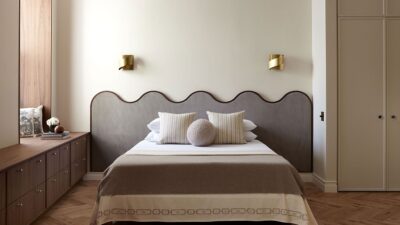Acrow props have long been the numero uno when it comes to safe and efficient shoring. For nearly 100 years, they have shored building projects across the globe, ensuring builders have the support needed to work in a safe environment. They are used to shore large and precarious objects like fixtures and walls whilst the builders work around them.
Here, we will talk about the history of these imperative safety components, as well as how Sydney businesses have long benefited from their existence.
Naturally, only licensed professionals should use this technology, as they have the skills and training to ensure a safe application.
So, here is the history of the Acrow prop and how they always prove their mettle on tough construction projects:
The history of the Acrow prop
The best prop hire Sydney has supplies these awesome steel building essentials and has done for many years. Why? Because they have never been superseded when it comes to providing ultimate site safety!
They were first invented to replace the wooden version that was popular until the 1900s. The wooden options had to be specifically-made for each job, rendering each model obsolete after every build. Furthermore, the wooden versions were highly susceptible to fire and water risk, meaning they often failed and had to be remade.
Enter William de Vigier – inventor of the modern steel Acrow prop. His ingenious steel version was able to be customised on site to meet the particular build’s requirements. What’s more, they were a lot sturdier in the face of threats like fire and water, something which led to their explosion in popularity throughout the 1930s.
Funnily enough, Acrows are one of the few near-100 year old inventions that haven’t witnessed many updates over the years – their near-original design is enough to provide the same function today as they did back in the 1930s!
How are they used in construction?
They are typically used for building support or scaffolding to ensure the safe completion of the following projects:
- Interior wall renovation or wall removal
- Installing archways, doorways & windows
- Installing concrete sections & reinforced beams
- Bracing formwork for columns, stairs & walls
They typically come in five sizes: 0, 1, 2, 3, and 4. The lower the number typically means the stronger weight-bearing ability (but this is something you should always confirm with your supplier!).
The minimum size selection should always be enough to complete the job in a safe manner. However, you can choose larger options to ensure that you won’t have to order more later on when the nature of the work changes. Essentially, the numbers work in a backwards formation, ensuring that the lower the number the more suitable for handling heavy-duty work!
Their base is highly efficient when working alongside other support types like bracing couplers, forkheads, needles and strongboy brackets. This, and their ability to be adjusted telescopically, makes them simply ideal for structures and walls of varying sizes.
They are also the most lightweight and easy-to-transport shoring product going around. This is essential for builders who are on-the-move and working on a large business project. This is one of the things that makes them such a fascinating piece of technology – their rugged sturdiness combined with their lightweight transportability!
As you can see, there is no other piece of technology that surpasses this essential building equipment when it comes to ensuring safe shoring. And it’s for this reason why they will continue to be the number one in propping.













Comments